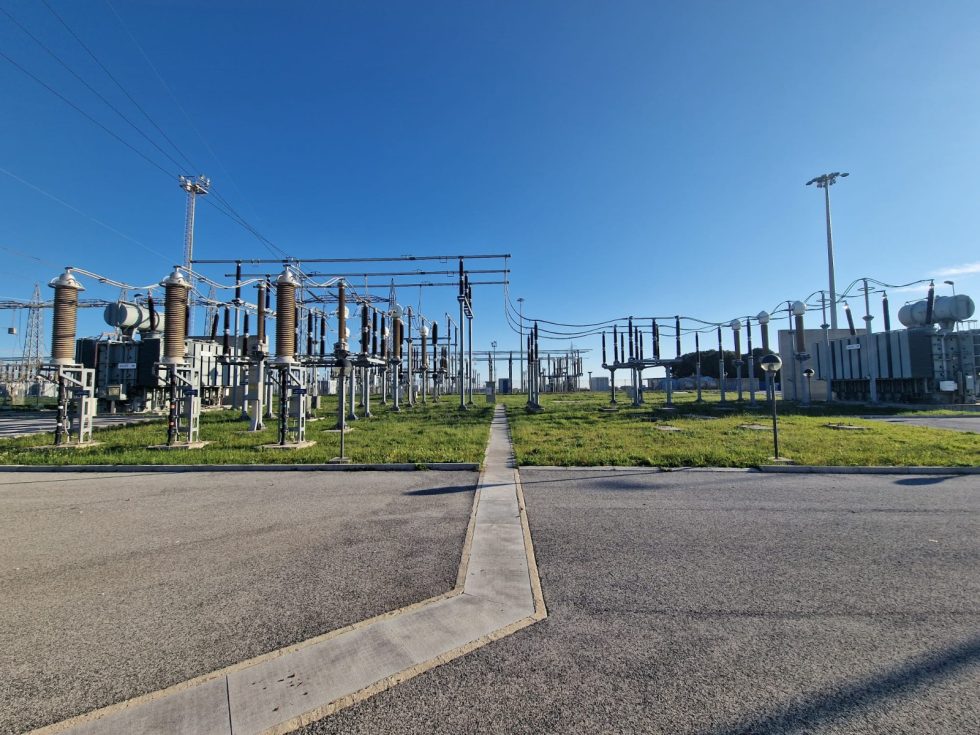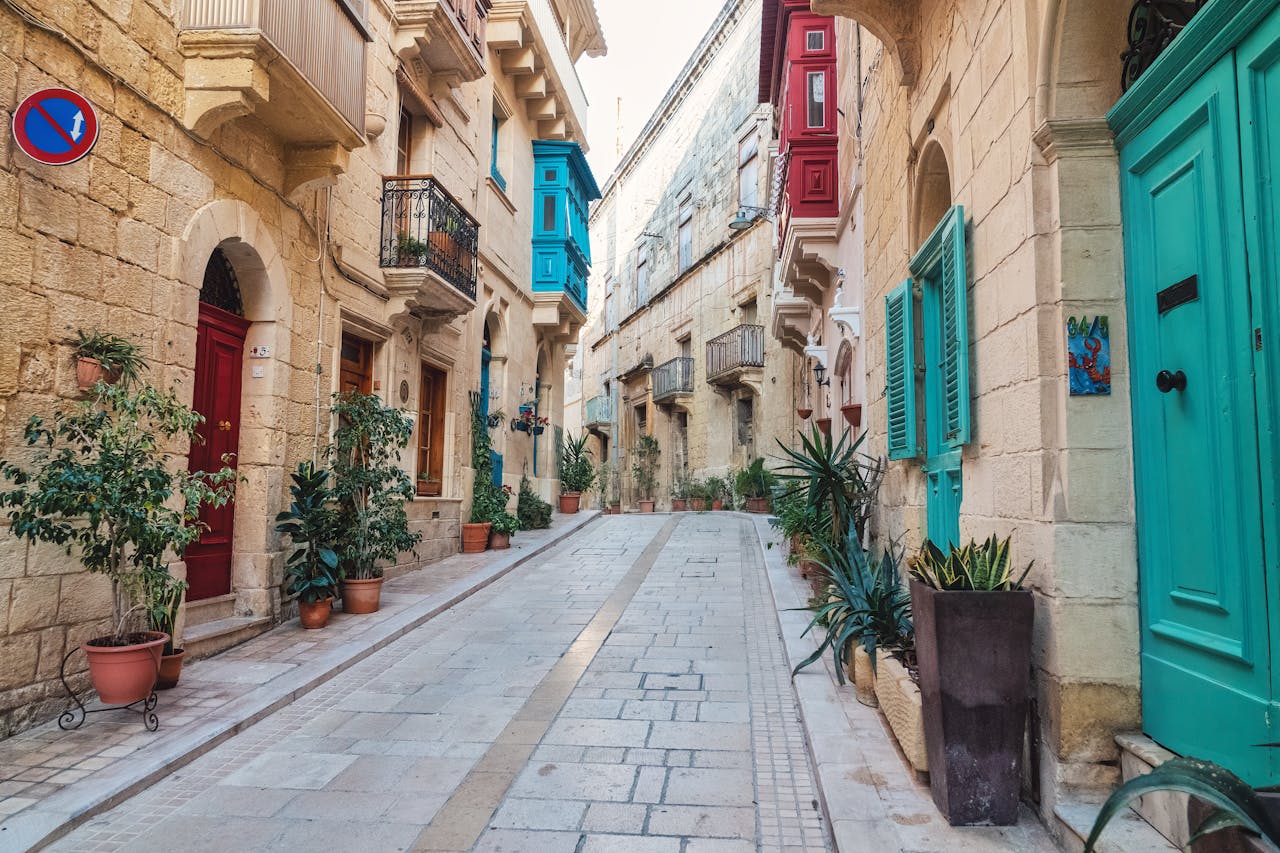Electricity imports through the Malta–Sicily interconnector surged by nearly 50 per cent in 2024, reflecting a shift in Malta’s energy mix away from local generation and toward imported and renewable sources.
According to figures released by the National Statistics Office, total electricity supplied during the year reached 3,106 GWh, marking a 6.5 per cent increase over 2023.
Local power plant generation accounted for 58.1 per cent of electricity supplied, while imports contributed 31.1 per cent and renewable sources 10.8 per cent.
The interconnector delivered 970 GWh of energy – up 49.7 per cent on the previous year, likely a result of lower energy prices in Italy.
A second interconnector is currently in the works, having received planning approval from Sicilian authorities and secured EU funding. The additional of a second link to the European power grid is expected to double Malta’s import capacity of energy.
Meanwhile, electricity generation from Malta’s power plants fell by 8.7 per cent to 1,850 GWh, due to reduced activity at the Delimara facility.
Meanwhile, renewable energy production rose by 5.6 per cent, reaching 336 GWh, with 97 per cent generated from photovoltaic panels.
The shift toward imported and renewable energy sources also led to a notable reduction in local emissions. Greenhouse gas emissions from fuel combustion at power plants declined by 7.8 per cent compared to 2023.
Electricity demand peaked at 593 MW in July and 592 MW in September, while the annual average demand rose by 1.8 per cent to 478 MW.
Featured Image:
The Malta-Sicily Interconnector facility in Ragusa / Interconnect Malta
Malta wins top international tourism award in Italy
Recent initiatives aimed at diversifying tourism flows and strengthening off-peak demand
Welbee’s doubles down on Christmas cheer with ambitious plans for 2026
Head of Marketing Miguel Borg outlines how Welbee’s is closing the year with momentum and what's in store for 2026
New Msida flyover comes with triple-layered barriers
It also includes a barrier between the two lanes that can be dismantled in case of an emergency






